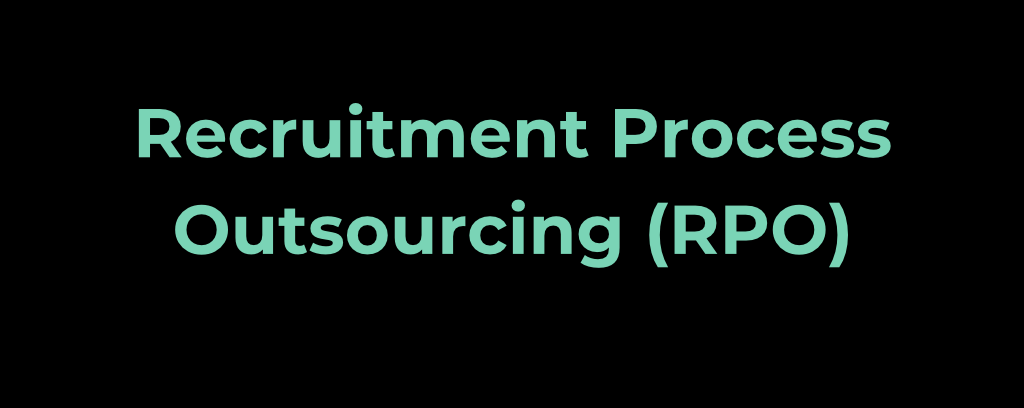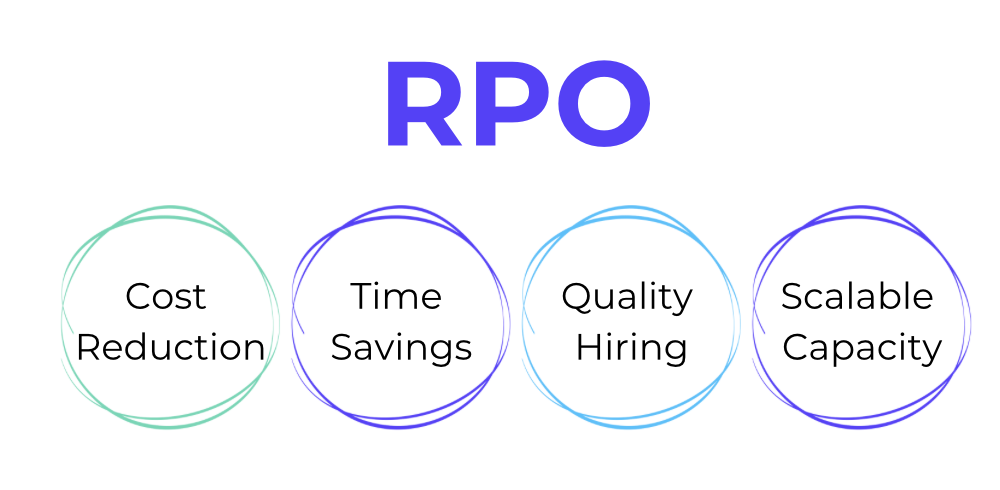Smart contracts have become a cornerstone for secure, automated transactions. But did you know there are different types of smart contracts tailored to different use cases?
Whether you’re a developer, a business owner, or simply tech-curious, understanding these types can broaden your horizons and optimize your operations. Here, we’ll explore the three main types of smart contracts, looking at their unique characteristics and providing real-life examples you won’t want to miss.
Table of Contents
Types of Smart Contracts: Key Takeaways
Types of Smart Contracts
These contracts have evolved to meet the diverse needs of different industries, and these are the three most common types:
Smart Legal Contracts (SLCs)
Smart legal contracts combine the traditional legal framework with the autonomous execution capabilities of smart contracts. They are designed to meet the specific legal and commercial needs of the contracting parties, improving both compliance and efficiency.
These contracts are encoded with legal terms and executed automatically on the blockchain once specific conditions are met. This leads to reduced discrepancies and legal disputes, lowering operational risks.
Much like traditional legal contracts, smart legal contracts operate on the premise of “if X happens, it will result in Y.” While not all smart contracts carry legal enforceability, smart legal contracts can fulfill contractual duties and execute automatically once the specified conditions are met.
When creating these contracts, all relevant parties — or software developers — collaboratively code until all terms and conditions are agreed upon. In other scenarios, such as on betting platforms, third parties may establish these blockchain contracts. Interestingly, individuals entering these agreements might never meet or know each other’s identities — they simply provide digital signatures to make the contract legally binding.
Smart Legal Contract Use Cases
Smart legal contracts are changing the way transactions are done in many industries. Here are some common uses:
Real Estate Transactions
In real estate, deals usually need a lot of paperwork and middlemen like lawyers and brokers. Smart contracts can make this easier by automating property transfers, lease agreements, and rent payments.
Supply Chain Management
Supply chains are complex and need precise coordination. Smart contracts can automate and secure operations, making sure each party does its job before moving to the next step.
Insurance Claims
Insurance claims processing is often slow. Smart contracts can speed this up by verifying claims and automating payouts, which makes customers happier and lowers costs.
Financial Services
In finance, smart legal contracts are used for trades, loans, and managing investments. They make sure transactions are done exactly as coded, reducing errors and the need for middlemen.
Healthcare Records
Smart legal contracts can manage healthcare records by storing patient data on a blockchain. They control access, ensuring only authorized parties can see the information. This reduces the risk of data breaches and ensures compliance with regulations like HIPAA.
Real-Life Examples of Smart Legal Contracts in Action
- Nexus Mutual is a community-driven platform where smart contracts automatically execute claims and payouts based on verified data. No need for lengthy claims processes or intermediaries — the blockchain handles it all.
- Decentraland uses smart contracts to manage real estate within its virtual world. Contracts govern land transactions, ensuring clear and secure property transfers without human oversight.
- Medical Chain relies on smart contracts to secure patient data and grant access only to authorized personnel. This ensures compliance with data protection regulations and improves the accuracy and availability of patient records.
Further Adoption of Smart Legal Contracts
The global smart contract market size is expected to reach $345.4 million by 2026 at a CAGR of 18.1%. This growth is driven by the increasing digital transformation and the demand for secure, automated solutions.
Organizations are recognizing the potential of smart legal contracts to reduce transactional frictions and improve overall operational efficiencies. For instance, in the real estate sector, companies like Propy are enabling property transactions entirely on the blockchain, eliminating the need for intermediaries and reducing closing times significantly. In supply chain management, IBM’s Food Trust uses blockchain to track the journey of food from farm to table, ensuring transparency and compliance at every stage.
The continued development and standardization of smart contract frameworks, coupled with advancements in blockchain technology, are paving the way for broader adoption. As businesses become more familiar with the benefits and capabilities of smart legal contracts, their implementation will become increasingly mainstream, reshaping traditional processes and driving innovation across industries.
Decentralized Autonomous Organization (DAO) Contracts
Think of a decentralized autonomous organization contract as an entity run by code instead of people. It’s a smart contract that enforces rules, automates decision-making, and essentially operates without traditional management structures. The code dictates how the organization functions and makes decisions through consensus among its members.
In practice, the applications of DAOs extend beyond financial domains. From charitable organizations to social clubs, DAOs offer a new way to coordinate efforts and distribute resources transparently. The flexibility and adaptability of DAOs make them suitable for diverse applications, such as managing intellectual property rights, organizing decentralized networks, and even enabling decentralized journalism, but we’ll get to that later.
The innovative nature of DAOs also attracts regulatory scrutiny and poses challenges in legal frameworks. As of 2021, over 1.6 million people have participated in DAOs, controlling around $14 billion in assets. This figure is expected to grow significantly, highlighting the importance of developing robust security measures and legal structures.
DAO Use Cases
As DAOs continue to expand their horizons, they are being adapted across a variety of industries, reshaping traditional operational models and fostering innovation. Here are some illustrative examples:
Charitable Organizations
DAOs are setting new standards for transparency and efficiency in charitable giving. For instance, Giveth uses DAO models to create transparent platforms where donors can see exactly how their funds are being used, fostering trust and ensuring that donations reach their intended causes without unnecessary overhead costs.
Social Clubs and Events
The adaptability of DAOs makes them ideal for organizing social groups and events. Projects like Friends With Benefits (FWB) use DAO frameworks to manage membership, organize exclusive events, and create communal decision-making processes, boosting member engagement and inclusivity.
Intellectual Property Rights Management
DAOs offer a decentralized approach to managing intellectual property (IP) rights. Projects like Kleros use DAO structures to facilitate decentralized arbitration for IP disputes. This ensures fair, transparent, and efficient resolution of conflicts, eliminating the need for traditional, often biased, arbitration methods.
Decentralized Networks
DAOs are instrumental in forming and managing decentralized networks. Take the example of Helium, which employs a DAO to govern its decentralized wireless network. This approach enables transparent and efficient management, incentivizing participants through token rewards for network maintenance and growth.
Decentralized Journalism
DAOs also provide a platform for decentralized journalism. Platforms like PubDAO empower journalists and content creators by offering a decentralized network for publishing news, managing contributions, and ensuring fair compensation, free from corporate oversight and censorship.
Real-Life Examples of DAOs in Action
- MolochDAO focuses on funding Ethereum-based projects through collective decision-making. Members pool their funds and vote on which projects to support, ensuring that resources are allocated to the most promising innovations within the Ethereum ecosystem. This method has led to significant advancements and faster development cycles for numerous open-source projects.
- MakerDAO is a decentralized platform that governs the issuance of DAI, a stablecoin pegged to the US dollar. By relying on smart contracts, MakerDAO allows users to lock up collateral and generate DAI, while community members engage in governance processes to maintain the system’s stability and security.
- The LAO is a DAO focused on venture capital, allowing accredited investors to pool funds and make collective investment decisions in blockchain startups. The decentralized structure ensures transparent management of investments and equitable distribution of returns.
- MetaCartel DAO provides grants to projects that improve the web3 ecosystem. Through a community-driven approach, this platform supports innovative projects by offering grants and fostering collaborations among developers, entrepreneurs, and investors.
Further Adoption of DAOs
The adoption of DAOs is accelerating as businesses and communities recognize their potential for decentralized governance and transparent operations. One of the driving forces behind this adoption is the ability of DAOs to offer transparent and trustless environments for decision-making. For instance, DAOs like DAOstack are creating frameworks that enable scalable and efficient decentralized governance, making it easier for communities to coordinate and collaborate without centralized interference.
The financial capabilities of DAOs expand their usefulness. Platforms such as PieDAO integrate financial tools into their DAO systems, allowing for the decentralized management of investment portfolios.
The rise of Web 3.0 further propels DAO adoption, contributing to the development of decentralized infrastructure and applications. Initiatives such as FreeDAO focus on creating decentralized digital identities, bolstering security and trust and improving interoperability between different blockchain networks.
As regulatory frameworks adapt to accommodate these new organizational structures, the adoption of DAOs will likely continue to grow. Forward-thinking companies and communities look at DAOs as more than just a technological novelty. Instead, they are foundational elements for the future of work, governance, and community interaction.
Application Logic Contracts (ALCs)
ALCs represent a unique category of smart contracts designed to handle intricate business logic within decentralized applications (dApps). Unlike traditional smart contracts that merely enforce agreed-upon terms automatically, ALCs embed complex application-specific rules, ensuring that the contract’s execution aligns seamlessly with the application’s core functionality.
What sets ALCs apart is their ability to integrate with off-chain data and services. This is often achieved with oracles — services that fetch real-world data and feed it into the smart contract. What’s more, brands and enterprises recognize the immense potential of ALCs in optimizing operations. Safe to say, ALCs bridge the gap between blockchain’s decentralized nature and the practical need for sophisticated business logic.
ALC Use Cases
ALCs showcase their transformative potential through applications that span multiple industries. Here are some examples:
Insurance Automation
ALCs in the insurance sector automate claims processing, ensuring timely payouts based on predefined conditions. These predefined conditions can be as straightforward or as complex as necessary, depending on the specific insurance policy. The use of ALCs also means that insurance companies can offer more personalized and dynamic insurance products.
Decentralized Marketplaces
ALCs facilitate trustless transactions on decentralized marketplaces, automating escrow and dispute resolution mechanisms. These contracts streamline the buying and selling process by ensuring that funds are only transferred once all predefined conditions are met. Plus, ALCs can automate dispute resolution. When a conflict arises, smart contracts can automatically trigger arbitration if predefined conditions indicate a breach of agreement.
Real Estate Tokenization
ALCs enable fractional ownership and automated leasing of real estate, simplifying property management and investment processes. Fractional ownership with ALCs means that investors can buy only a share or fraction of a property.
Automated leasing benefits are equally significant. ALCs can manage leasing contracts by automating tasks such as rent payments, maintenance requests, and lease renewals. This eliminates the need for intermediaries, reducing administrative overhead.
Cross-Chain Interactions
ALCs improve interoperability between different blockchain networks by automating cross-chain asset transfers and communication. Cross-chain interactions allow for seamless asset exchanges between networks like Ethereum and Binance Smart Chain. This interconnectivity bolsters liquidity across platforms and opens up new opportunities for decentralized applications (dApps) to thrive.
Digital Identity Verification
With the rise of digital interactions, verifying the authenticity of identities becomes crucial. ALCs make this process more efficient by eliminating the need for intermediaries and preventing identity fraud. These contracts operate on blockchain technology, where each digital identity is securely recorded and easily accessible for verification purposes.
Real-Life Examples of ALCs in Action
- Deltec Bank and Trust relies on ALCs to establish and validate communication between IoT devices, merging IoT and blockchain technologies. This integration helps with secure and automated interactions between devices, improving the capabilities of smart contracts in financial services.
- ALCS Capital aims to bring speed and efficiency to commercial finance transactions with ALCs. This helps reduce manual intervention and improves the overall efficiency of financial processes.
- Hedera uses ALCs to represent physical assets with digital tokens, enabling tokenization and fractionalization. This allows for reduced transaction costs, faster trade clearing and settlement, and more secure peer-to-peer transactions.
Future Adoption of ALCs
The potential for ALCs to revolutionize various industries is immense, with forecasts indicating rapid integration across multiple sectors. Experts predict a significant rise in use cases as more businesses recognize the value of automating complex processes with secure, reliable code.
One major driver of ALC adoption is the increasing need for transparency and efficiency, especially in industries plagued by cumbersome bureaucracy, such as real estate and healthcare. For instance, ALCs can simplify property transactions by eliminating the need for a central authority to verify each step, thus reducing costs and processing times.
Another catalyst is the growing trust in blockchain technology, which underpins ALCs. Moreover, the financial sector is benefiting immensely from ALCs through applications like automated lending systems, decentralized finance (DeFi) protocols, and streamlined asset management. These innovations promise not just cost savings, but also enhanced security and compliance.
Types of Smart Contracts: Key Takeaways
Smart contracts are not just a glimpse into the future—they are steadily transforming our present. From revolutionizing traditional industries to enabling new, decentralized ecosystems, their potential is unparalleled and far reaching. SnapStack is here to guide you through this evolution, ensuring you use these innovative technologies to achieve efficiency and security.
Wondering how smart contracts can drive innovation for your business?
Contact SnapStack today for expert assistance.
GET IN TOUCH







